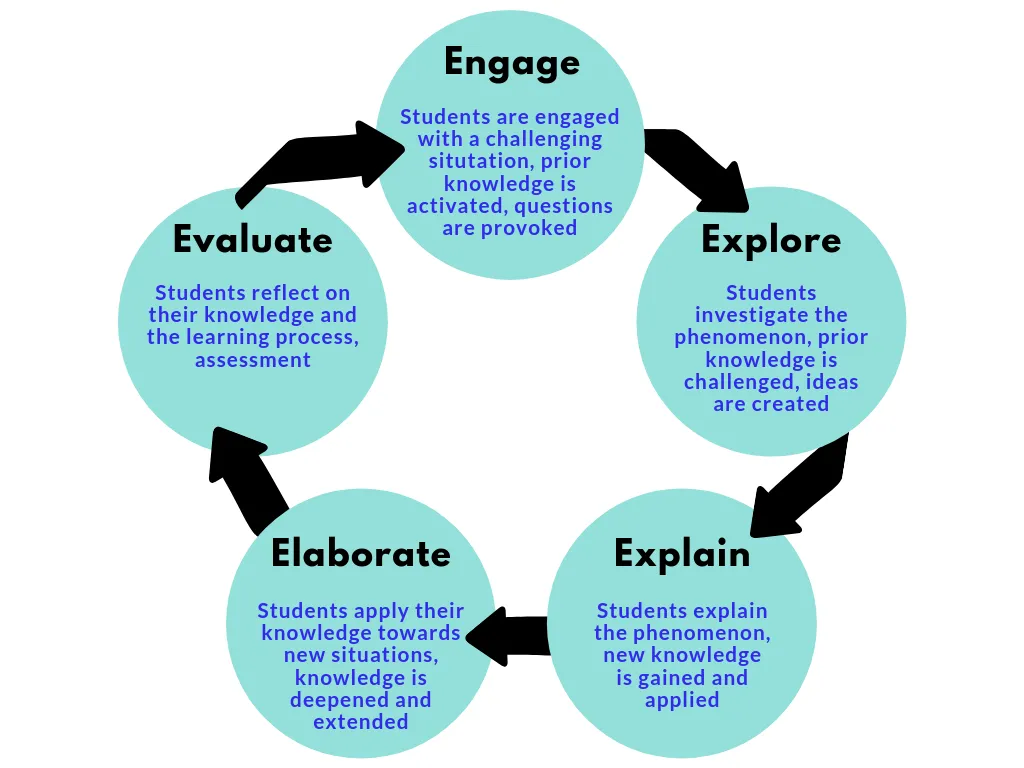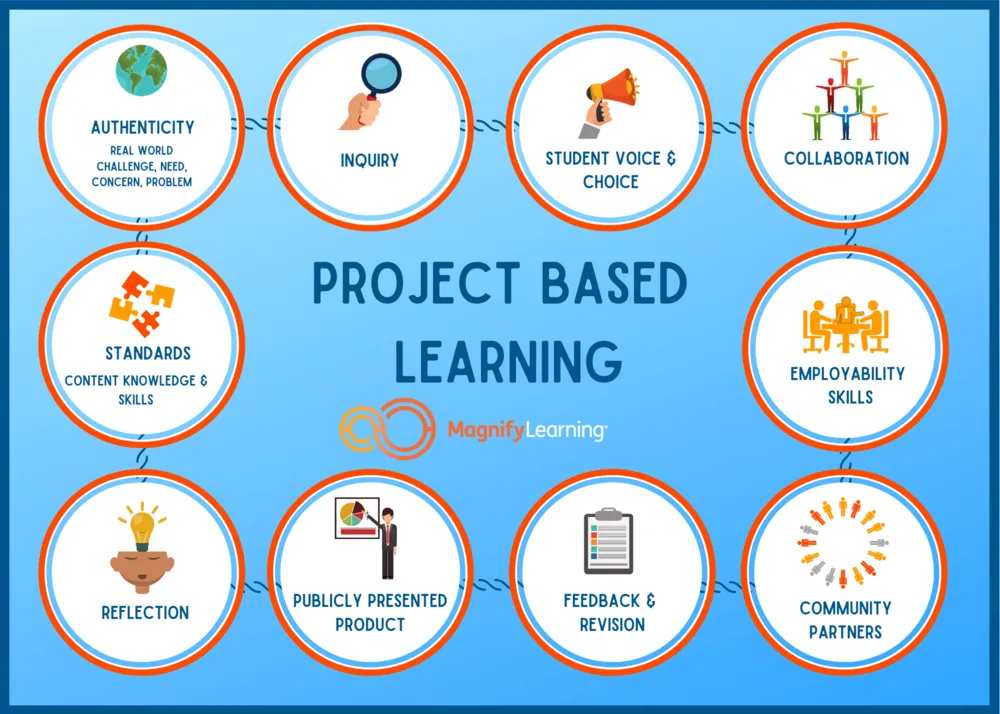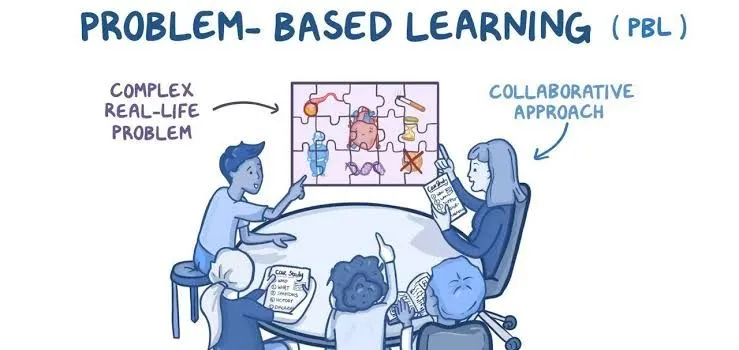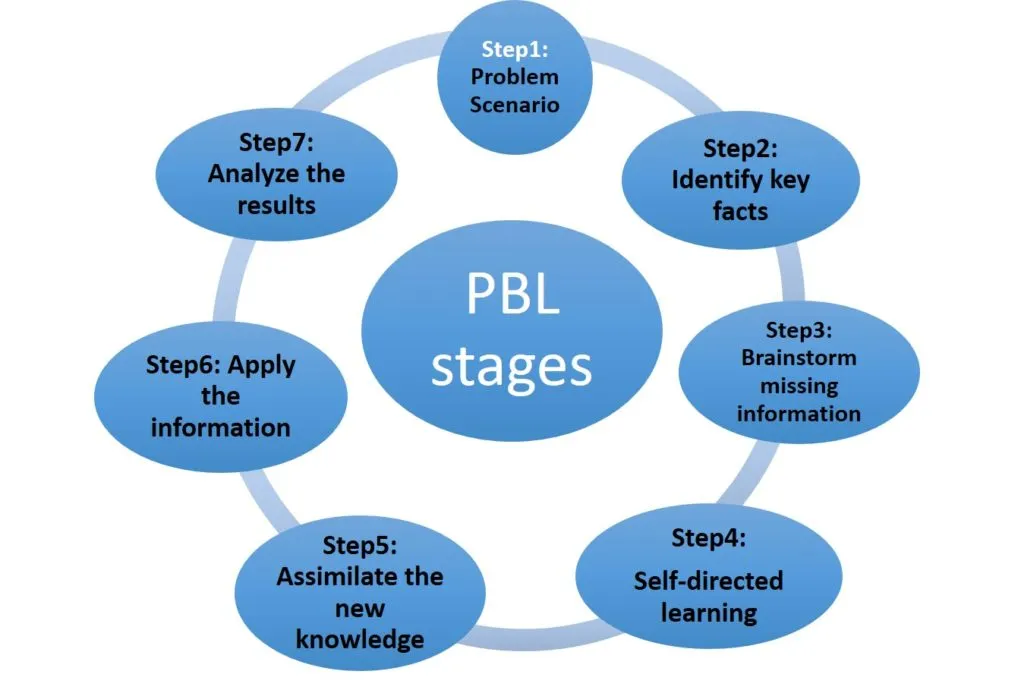Teachers are often bombarded with new ideas and strategies on how to improve their teaching. While some of these may be helpful, others may not be practical or realistic for every teacher. In this blog post, we will explore three alternative ways of teaching that may be more beneficial for you and your students.
The first alternative way of teaching is through inquiry-based learning. This method focuses on students asking their own questions and investigating the answers for themselves. The second method is known as project-based learning. This approach allows students to work on long-term projects that are relevant to their lives and interests. Lastly, we will discuss problem-based learning. This method presents students with real-world problems that they must figure out how to solve.
Inquiry-Based Learning
Inquiry-based learning is a hands-on approach to learning that allows students to explore and discover answers to questions on their own. This type of learning is often used in science and history classrooms, but can be applied to any subject.
Inquiry-based learning has many benefits for students. It helps them to develop critical thinking and problem-solving skills, and it also allows them to learn at their own pace. Additionally, this type of learning is often more engaging and enjoyable for students than traditional methods.
If you're interested in incorporating inquiry-based learning into your classroom, there are a few things you should keep in mind. First, it's important to create a safe and supportive environment where students feel comfortable taking risks. Second, you'll need to provide students with the resources they need to be successful.
Project-Based Learning
Looking to add a little more excitement to your lessons? Tired of the same old, boring schoolwork? If so, then you might want to try out project-based learning.
With project-based learning, students work on long-term, in-depth projects that require them to use what they've learned in class. This type of learning is great for helping students retain information and for getting them excited about learning. Additionally, project-based learning can be used to teach any subject, from math to history to English.
Problem-Based Learning
Problem-based learning (PBL) is a type of hands-on learning that allows students to learn by solving real-world problems. In PBL, students are presented with a problem and must work together to find a solution. This type of learning has been shown to be effective in a variety of settings, from primary schools to universities.
If you're thinking of using PBL in your classroom, there are a few things you should keep in mind. First, PBL works best when students are given open-ended problems that they have to solve together. Second, PBL is most effective when students are given time to work on the problem and are allowed to use different resources to find a solution. And third, PBL is most successful when students are able to share their solutions with the class and receive feedback from their peers.



